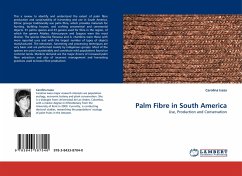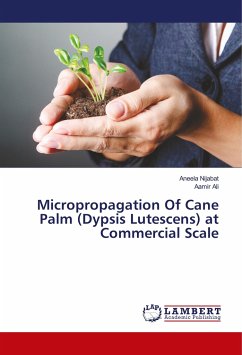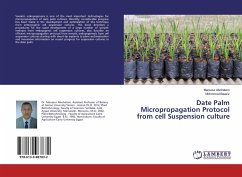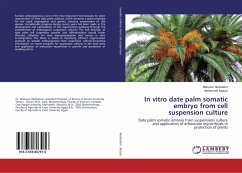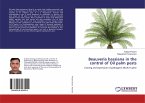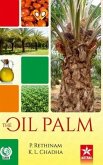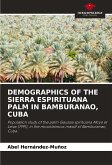This a review to identify and understand the extent of palm fibre production and sustainability of harvesting and use in South America. Ethnic groups traditionally use palm fibre, which provides materials for hunting, building houses, and crafting ornamental and ceremonial objects. 91 palms species and 33 genera used for fibre in the region, of which the genera Attalea, Astrocaryum and Syagrus were the most diverse. The species Mauritia flexuosa and A. chambira were those with more reported uses and with the largest number of types of objects manufactured. The extraction, harvesting and processing techniques are very basic and are performed mainly by indigenous groups. Most of the species are used unsustainably and constitute wild populations found on common lands. Markets demand are the major drivers of increased palm fibre extraction and also of incorrect management and harvesting practices used to boost fibre production.
Bitte wählen Sie Ihr Anliegen aus.
Rechnungen
Retourenschein anfordern
Bestellstatus
Storno

